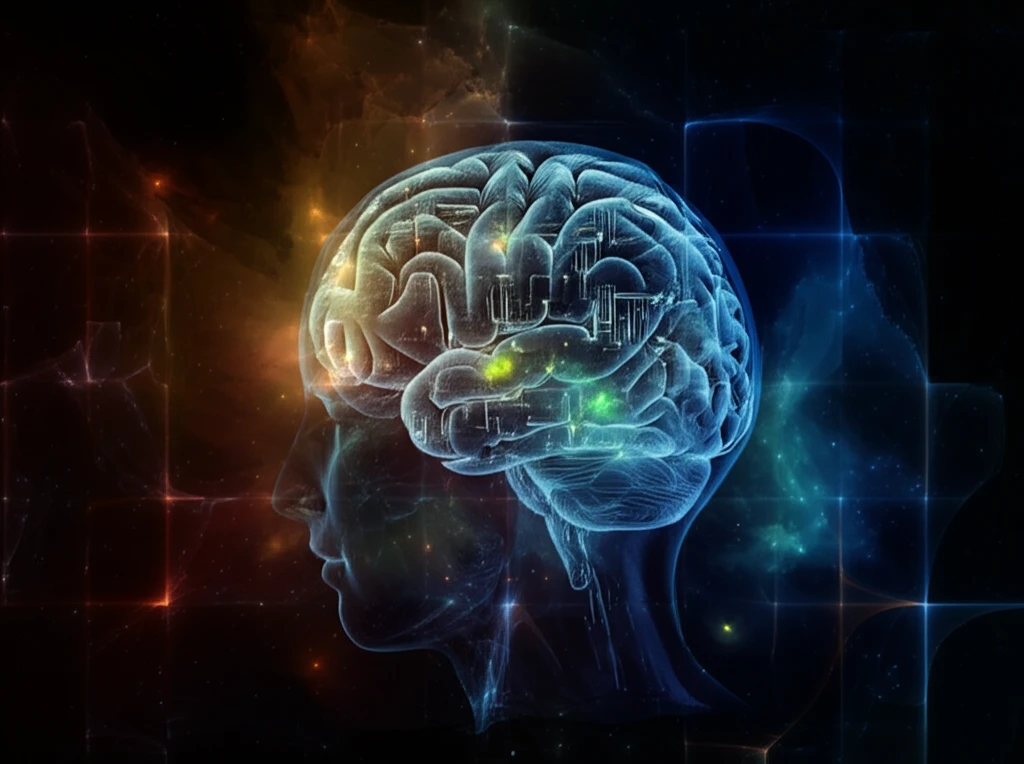
Is Your Anxiety More Than Just Stress? How Brain Scans Can Help
"Could a QEEG scan be the key to understanding and managing your anxiety, insecurity, and fear?"
In today's fast-paced world, stress has become an almost constant companion. While a little stress can be a motivator, chronic stress can spiral into debilitating anxiety. But how do you know when you've crossed the line from normal stress to a more serious anxiety disorder? Many people struggle to differentiate the two, and some may even deny or downplay their symptoms.
Traditional methods of diagnosing anxiety rely heavily on self-reporting and clinical observation. However, these approaches can be subjective and may not always capture the full picture of what's happening in the brain. This is where innovative tools like Quantitative Electroencephalography (QEEG) come into play.
QEEG, a non-invasive brain imaging technique, offers a window into the electrical activity of the brain. By measuring and analyzing brainwave patterns, QEEG can help identify specific neural signatures associated with different emotional states, including anxiety, insecurity, fear, panic, and phobias. This technology provides an objective way to assess and understand the complexities of anxiety disorders.
Decoding Anxiety: What Can a QEEG Scan Reveal?

A recent study published in Dementia & Neuropsychology explored the potential of QEEG in identifying patterns of brain activity linked to anxiety and related symptoms. Researchers used the TQ-7 QEEG system to evaluate the association between these symptoms and "hot temporals," a specific brainwave pattern characterized by elevated Beta (15-23 Hz) and High-Beta (23-38 Hz) activity in the temporal lobes (T3 and T4).
- Anxiety: T3=89.6% – T4=88.8%; T3=92.6% - T4=93.3%
- Fear: T3=80.7% – T4=84.4%; T3=82.9% – T4=95.9%
- Insecurity: T3=82.2% - T4=81.4%; T3=69.5% – T4=97.8%
- Panic: T3=52.4 – T4=72.5%; T3=90.3% - T4=74.0%
- Phobia: T3=17.5% -T4=22.7%; T3=19.7%-T4=27.1%
Empowering Diagnosis and Treatment
QEEG technology offers a promising avenue for understanding and addressing anxiety and related disorders. By objectively measuring brainwave patterns, QEEG can aid in more accurate diagnoses, facilitate personalized treatment approaches, and ultimately empower individuals to regain control over their emotional well-being. If you're concerned about your anxiety levels, talk to your healthcare provider about whether a QEEG scan might be right for you.
